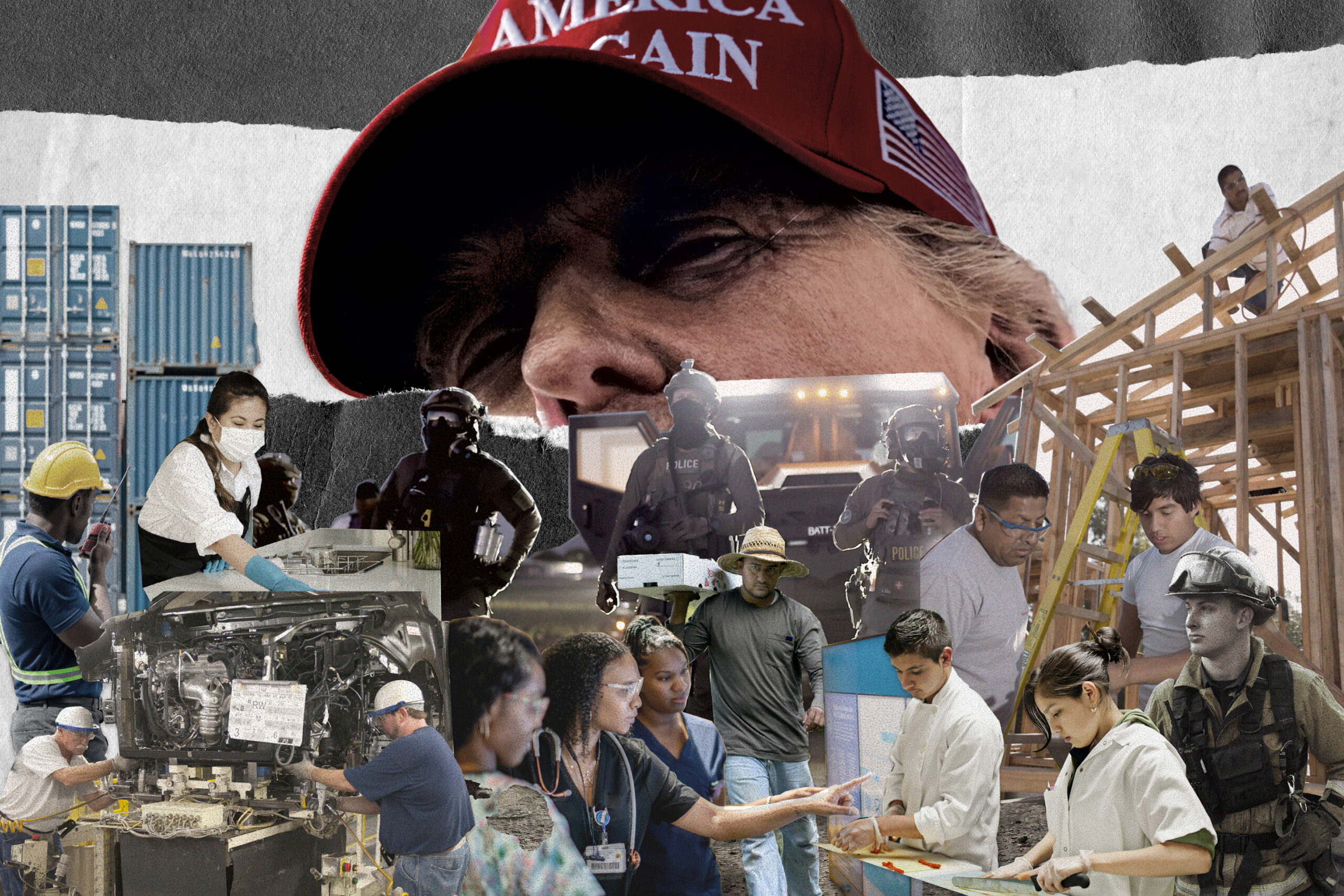In California, crops have gone unharvested, as farmworkers stay home out of fear of immigration raids. Internal Revenue Service workers in Kansas City have found themselves jockeying over desks after remote workers were abruptly ordered back to the office. Tariffs are putting the brakes on hiring.
President Donald Trump won a second term with a promise to support the working-class voters who backed him. But many workers now feel less secure and find their jobs harder to do — squeezed by immigration crackdowns, federal layoffs and funding cuts, and weakened labor protections.
The uncertainty fueled by these policies, combined with Trump’s trade wars, is beginning to surface in economic data, economists say. The July jobs report, which showed the country had undergone the weakest three months of job growth since the pandemic, was so alarming to Trump that he took the unprecedented step of firing the head of the Bureau of Labor Statistics, the agency that compiled and released the data.
Harry Holzer, a Georgetown economist and senior fellow at the Brookings Institution think tank, said the difference between today’s uncertainty and past episodes — such as the COVID pandemic and the 2008 housing crash — is that this one is self-inflicted. “All of this uncertainty has been created by Donald Trump and his fairly erratic economic policies,” said Holzer.
Trump’s slash-and-burn tactics have fallen hardest on federal workers facing firings, hiring freezes and deferred-resignation programs and on immigrants threatened by the administration’s intensified arrest and deportation efforts. But economists, workers and labor advocates say the effects have rippled beyond those groups. From restaurants to factories to health care clinics, business owners and workers are operating in an environment of increasing uncertainty and fear.
The Trump administration, for its part, describes his approach to the economy as one that is “prioritizing American workers, who have been undermined by illegal labor and bad trade deals that shipped jobs overseas,” White House spokesperson Taylor Rogers said in an email, adding, “The President’s immigration enforcement efforts and trade deals have encouraged businesses to hire American workers at higher wages.”
Yet the number of jobs added in the manufacturing sector has fallen for three straight months. And for some workers, the turbulent first eight months of the Trump administration have meant doing more with less. Wildland firefighters are now staffing ranger stations to compensate for cuts in the U.S. Forest Service, even as fire season enters its peak. At a Kraft Heinz plant in Michigan that makes pickles, mustard and barbecue sauce, employees are working long hours after the Trump administration revoked the work visas of a half-dozen of their immigrant co-workers. And some workers are doing nothing at all. More than 150,000 federal employees, including large numbers at the Treasury, Agriculture and Defense departments, are currently being paid to stay home, a practice that will end in late September when their paychecks stop under a Trump administration plan to thin the government workforce.
Some industries are especially vulnerable to the disruption caused by Trump’s policies. Construction sites, which depend heavily on immigrant labor, are operating with fewer hands, said George Carrillo, who leads the Hispanic Construction Council, a Washington, D.C.-based policy and advocacy group. The shortage has nudged wages higher for those who remain, but it has also slowed projects and increased safety risks, he said. In construction, “You can’t afford to get hurt, and you have to work through the pain.”
The administration’s move to rescind the legal status of more than a million immigrants from countries that have experienced political turmoil or natural disasters is expected to cause further disruptions in construction, hospitality, food, transportation, health care and other industries reliant on immigrant labor.
After the release of the dismal July jobs report, Labor Secretary Lori Chavez-DeRemer tried to shift public attention toward the supposed job gains made by U.S.-born workers. “Wages continue to rise and native-born workers have accounted for all job gains since Inauguration Day,” she said in a statement. But her assertion about U.S.-born workers was a misreading of the jobs report, according to economists interviewed by The Washington Post.
It is not clear that U.S.-born workers have reason to celebrate.
“The research shows very clearly that when you deport immigrant workers, native-born workers lose jobs as well,” said David Cooper, director of state policy and research at the Washington-based Economic Policy Institute, a think tank affiliated with the labor movement. And the Economic Policy Institute report predicts that Trump’s mass deportation effort — if implemented — could eventually cost U.S.-born workers 2.6 million jobs, with the biggest disruptions expected in Florida, Texas and California, states heavily reliant on immigrant labor. That’s because the hiring of immigrant workers helps support job creation for native-born workers, Cooper said.
In the face of this uncertainty, workers also have fewer protections, as the administration moves to weaken the very agencies tasked with safeguarding them. The Equal Employment Opportunity Commission, which enforces laws against workplace discrimination, has lost its quorum due to firings and has been repurposed to focus on the administration’s anti-DEI agenda.The Trump administration slashed more than 90% of the National Institute for Occupational Safety and Health’s budget, eliminating its team that tracked and sought to prevent heat-related deaths among farm and construction workers.
Another example: Trump’s removal of Gwynne Wilcox from the National Labor Relations Board, which oversees private-sector union organizing. The firing deprived the board of a quorum and marked the first time in the board’s history that a sitting member had been dismissed.
That move empowers employers seeking to quash unionization drives, said AFL-CIO advocacy director Jody Calemine. “If an employer wants to delay justice, all they have to do right now is appeal any of the decisions up to the full board, which cannot issue a decision. So even the most fruitless appeals can frustrate workers’ attempts to form a union,” said Calemine.
Through executive order, Trump has also moved to strip nearly a million federal workers of collective bargaining rights, and, earlier this month, a federal appeals court allowed the administration to proceed with the order as the litigation over it unfolds. In early August more than 400,000 Department of Veterans Affairs employees lost bargaining rights as part of what Calemine described as “the single biggest act of union busting in American history.”
* * *
Still, the Trump administration has painted a rosy picture of how workers are doing now — and how they will fare in the future. “Thanks to President Trump’s bold America First agenda, fair trade deals and the One Big Beautiful Bill Act are poised to further strengthen the American workforce,” Chavez-DeRemer said in her statement.
Economists and labor advocates worry about the cost of Trump’s tariff policies to workers’ pocketbooks. Even supporters of targeted tariffs — on industries like auto and steel manufacturing — question how much Trump’s chaotic approach to making trade deals will ultimately help workers, given the climate of uncertainty it fosters.
And that’s not the only problem, according to the AFL-CIO’s Calemine. Effective trade policy requires domestic investment in key industries and strong global labor standards, he said, but Trump has done the opposite: signing his “Big Beautiful Bill” that cuts tax incentives for domestic clean energy projects and defunding the agency fighting exploitative labor practices abroad.
That legislation also heavily favors the wealthy, with 65% of benefits going to the top 10% of earners, according to the Penn-Wharton budget model, a nonpartisan research initiative. The lowest-income households are expected to lose out due to cuts in benefits, including Medicaid and SNAP. “This bill is a transfer of money from the poorest households in America to the richest households in America, full stop,” Cooper with the Economic Policy Institute said.
The legislation will also temporarily eliminate taxes on tips and overtime pay as a way to help workers. UC Berkeley Labor Center economist Enrique Lopezlira said the benefits of those narrowly targeted tax breaks will likely be outweighed by the costs of Trump’s other economic policies.
“If the full effect of tariffs comes into place, and if the labor market indicators continue to show weakness and eventually more significant downturn, then I don’t see how those future tax benefits will help workers right now or for the rest of the year,” Lopezlira said.
The full impact of Trump’s policies may take time to emerge. For example, the Medicaid cuts in the One Big Beautiful Bill Act that Trump signed on July 4, while projected to lead to the loss of hundreds of thousands of health care jobs, won’t go into effect until after the 2026 midterms.
That lingering uncertainty has labor experts and economists feeling pessimistic about what the future holds for American workers.
“We are seeing a lot of [Trump’s] policies come home to roost in the labor market in a bad way,” said Calemine with the AFL-CIO. Workers, he added, are “less free” than they were eight months ago and “increasingly concerned about where our country is headed when it comes to our rights and our freedoms.”
Copyright 2025 Capital & Main
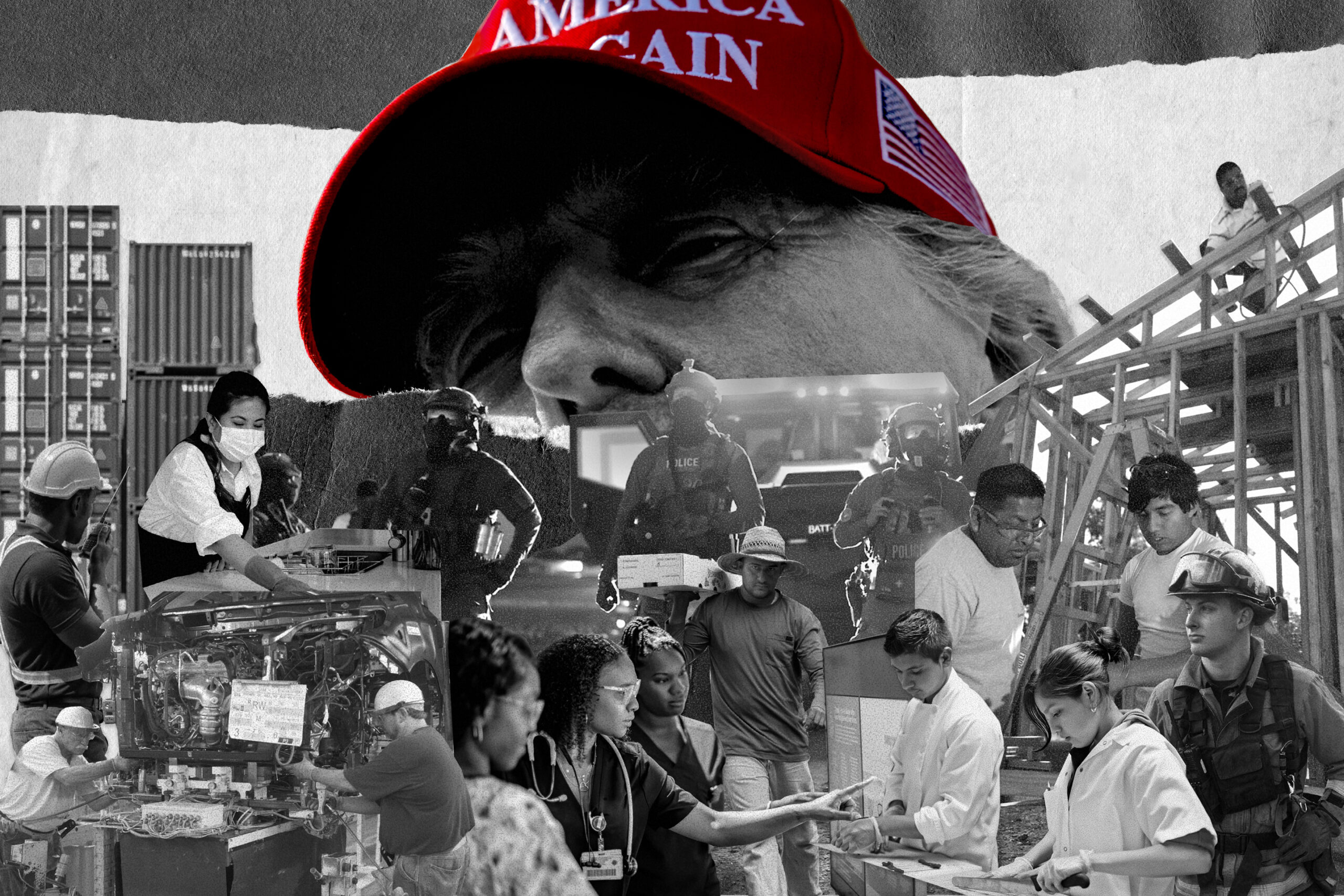

 Latest NewsDecember 8, 2025
Latest NewsDecember 8, 2025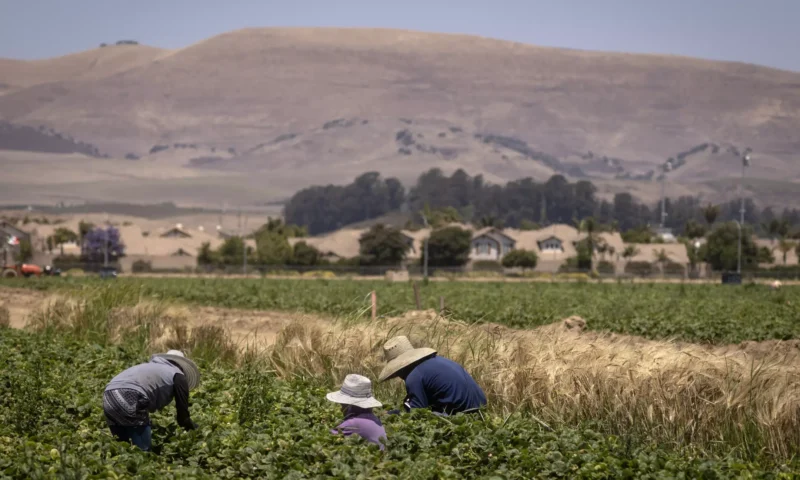
 Latest NewsDecember 10, 2025
Latest NewsDecember 10, 2025
 StrandedDecember 9, 2025
StrandedDecember 9, 2025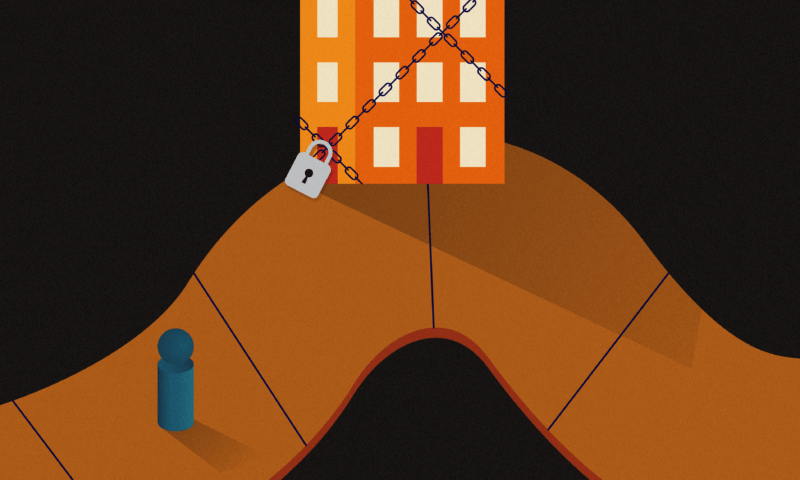
 Locked OutDecember 16, 2025
Locked OutDecember 16, 2025
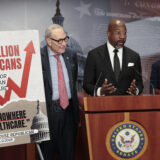 Column - California UncoveredDecember 12, 2025
Column - California UncoveredDecember 12, 2025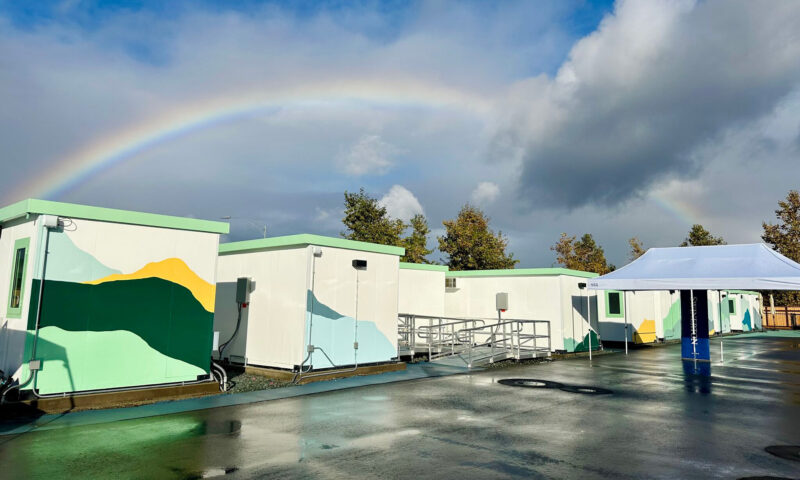
 Column - State of InequalityDecember 11, 2025
Column - State of InequalityDecember 11, 2025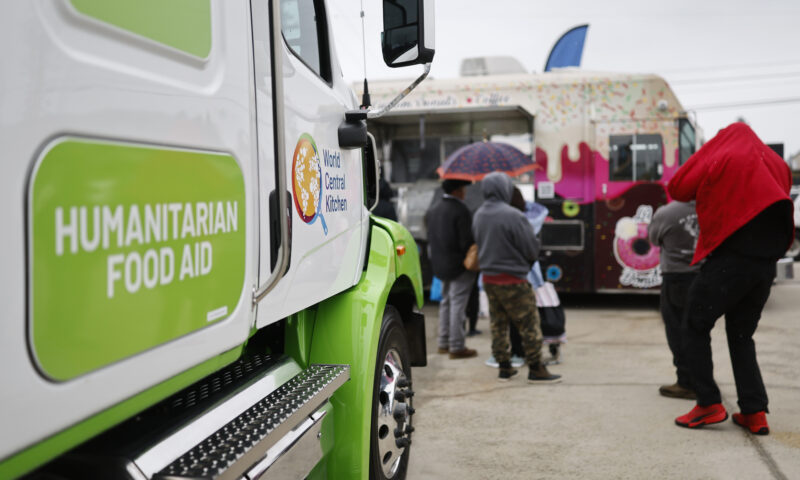
 The SlickDecember 19, 2025
The SlickDecember 19, 2025
 Locked OutDecember 23, 2025
Locked OutDecember 23, 2025

